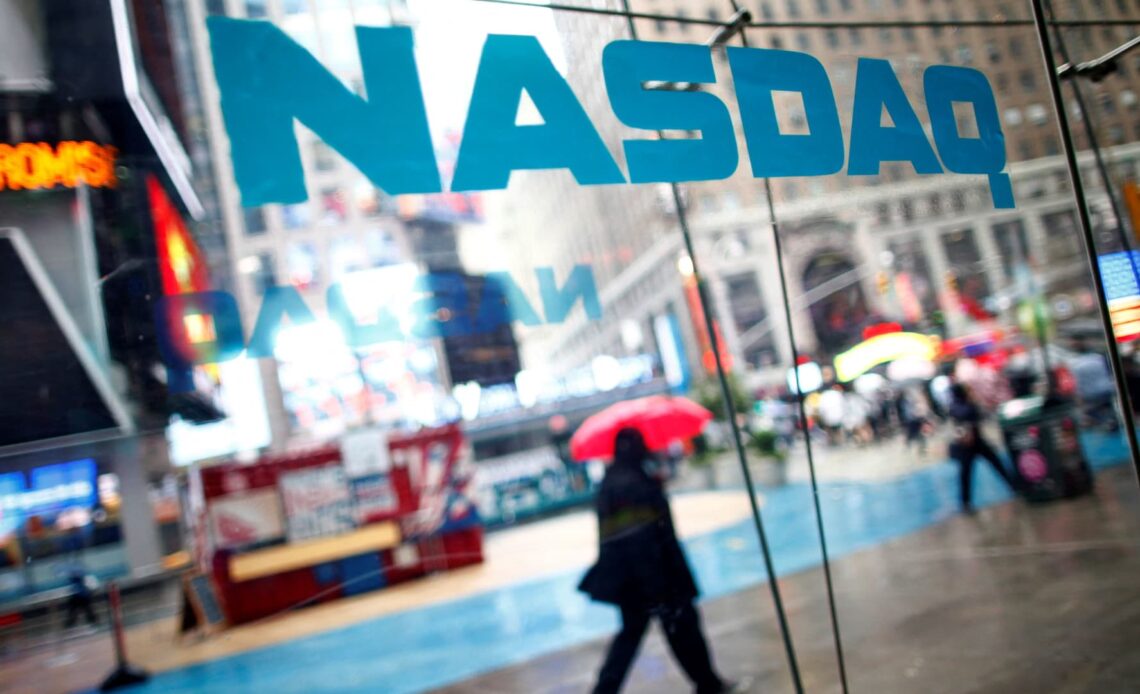2022 brought an end to an impressive bull run for technology — and the worst year for the Nasdaq Composite since 2008. Don’t be surprised if 2023 kicks off with a rocky start. As of Friday’s close, the tech-centric index had plummeted nearly 33% this year, dragged down by mega-cap tech, electric vehicle stocks, semiconductors and software names. Energy stocks, meanwhile, found favor in investors’ portfolios, as did healthcare and financials. Looking at the Nasdaq 100, this year’s pullback accounted for at least $6.5 trillion in market cap losses as of Dec. 22. About 38% of that stemmed from once high-flying FAANG stocks that suffered a brutal fall from grace . Meta Platforms reigned as one of the worst performers this year, plummeting nearly 65%. Even Apple wasn’t immune to the fallout. Add Tesla , Nvidia and Microsoft to the mix, and you’ve accounted for almost 56% of the Nasdaq’s market cap losses. “The Nasdaq is not known for value, it’s known for growth stocks,” said John Stoltzfus, Oppenheimer’s chief investment strategist. “And the biggest problem for the Nasdaq right now is growth is its middle name. That’s why it got hit much harder than the S & P 500, and certainly much harder than the Dow.” But the outlook for 2023 also looks gloomy — at least from the get-go. Even those expecting a solid turnout for the index this time next year are betting on a leg down at least during the first half, as recession fears linger. Data from Bespoke Investment Group found that three of six times the Nasdaq has fallen more than 20% in a year, it also fell more than 20% the following year. Of the three instances the index rose the next year, it gained at least 29% on average. Other data from Canaccord Genuity suggests the Nasdaq’s relative underperformance to the S & P is only beginning, Tony Dwyer, the firm’s chief market strategist, wrote in a note to clients this month. “We still think there’s probably double-digit downside as risk is still present and multiples still need to contract,” said Chris Harvey, Wells Fargo’s head of equity strategy. “We have to price in some more fundamentals and Fed fears.” But GARP, or growth at a reasonable price, should find favor among investors in the second half as inflation comes down and revisions ensue, along with stocks that focus on services instead of goods, he said. Hardware names face some of the biggest risks, and potential estimate cuts, but this year’s selloff helped alleviate some of the overbought conditions…
Click Here to Read the Full Original Article at Investing…


